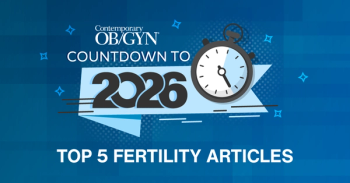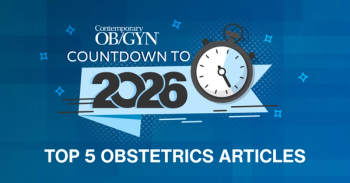
Ankle fracture may signal risk of subsequent fracture
New research suggests that ankle fractures should be considered in the same category as forearm fractures when it comes to assessing risk of bone breaks in postmenopausal women. The findings were presented at the World Congress on Osteoporosis, Osteoarthritis and Musculoskeletal Diseases in Seville, Spain.
New research suggests that ankle fractures should be considered in the same category as forearm fractures when it comes to assessing risk of bone breaks in postmenopausal women. The findings were presented at the
In the study, researchers from the University of Geneva investigated the association between bone microstructure and prevalence of ankle fracture in 749 women aged 65.0 ±1.4 years. Distal radius cortical and trabecular bone microstructure was assessed using HR-pQCT together with areal bone mineral density (aBMD) by DXA.
Prevalent ankle and forearm fractures (both of which occurred after age 20) were found in 63 (8.0%) and 59 (7.8%) women, respectively. Lower aBMD was seen in women with prevalent fractures than in those without prevalent fractures, a trend that held after adjustment for height, weight, dietary intake, and physical activity. (aBMD -7.7% for spine, -6.4% for femoral neck, and -4.1% for distal third radius and lower distal radius total volumetric BMD -7.9%, cortical thickness -7%, and bone volume -10.9%) Differences in aBMD between women with prevalent ankle and forearm fractures were not statistically significant.
The results, according to the authors, underscore lower aBMD and altered bone microstructure in postmenopausal women who have prevalent ankle or forearm fracture. “Prevalent ankle fractures,” they said, “should be considered as a significant risk factor for subsequent fracture and taken into account in fracture risk assessment.”
Biver E, Duriosier C, Chevalley T, Herrmann F, Ferrari S, Rizzoli R. Ankle fractures are associated with low areal BMD and bone microstructural alterations in postmenopausal women. Osteoporos Int. 2014;25(2):54. Abstract OC37.
To get weekly advice for today's Ob/Gyn,
Newsletter
Get the latest clinical updates, case studies, and expert commentary in obstetric and gynecologic care. Sign up now to stay informed.




